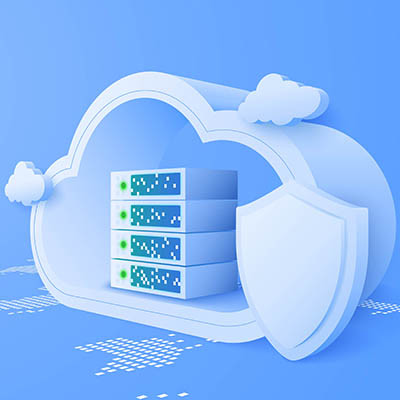Back in the 1960s, long before the Internet as we know it was around, a computer scientist named J.C.R. Licklider imagined an “Intergalactic Computer Network.” What sounded like science fiction then is the reality we work in today, but we call it by a much simpler name: the cloud.
The term is everywhere, but it's vague. It sounds abstract, maybe even a little insecure, as if your data is just floating around in the ether. This article will cut through the jargon. Today, we want to explain what the cloud really is and why it's one of the most powerful tools for a modern business.




















